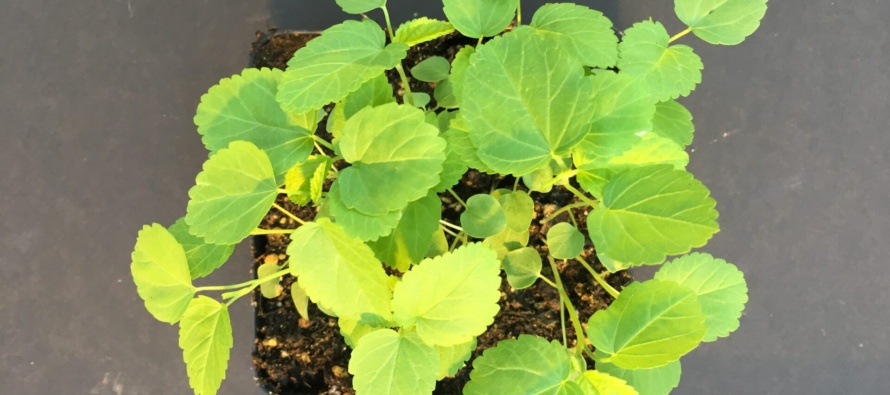Prickly sida

Related Articles
- Calcium and Magnesium For Mississippi Crops 0
- March 11 Precision Agriculture Workshop 0
- Ground Speed Affects Spray Droplet Deposition 0
Latest Tweets
Prickly sida
Weed Flora of Mississippi
Prepared by
Taghi Bararpour and Jason Bond
Family: Malvacea
Genus: Sida Species: spinosa
History: Prickly sida is native to the United States. It occurs widely in the Southeast and Midwest, and sporadically in the Southwest and Northeast. Other common names are spiny sida, prickly mallow, false mallow, Indian mallow, thistle mallow, and teaweed.
Life Cycle: Summer annual
Special Characteristics: Eighteen to twenty-one days of prickly sida seed development are required to be considered fully mature where seed contain less than 21% moisture, are dormant, and do not imbibe water or germinate when incubated for 28 d (Egley 1976). Prickly sida can produce around 8,100 seeds per plant. Prickly sida can maintain leaf function at higher water stress levels than other weeds and it has greater water-use efficiency compared to other C3 (but not C4) weeds.
Roots: A taproot and a fibrous root system.
Stems: Erect, branched, ranging from 8 to 20 inches in height.
Leaves: Arranged alternately along the stem, approximately 0.75 to 2 inches long, and inconspicuously hairy. Leaves are oval to lanceolate in outline with toothed margins.
Flower: Axillary, solitary, often with a very short accessory flowering branchlet in the same axil, and is attached by a slender pedicle
Seeds / Fruit: Composed of 5 trigonous, mericarps 2.5 mm long with two short (0.5 to 0.8 mm) aristae at the apex.
Seedling: Cotyledons are heart-shaped and slightly indented at the apex.
Interference: Prickly sida is widely distributed in the southern U.S. and is a troublesome weed in many agronomic crops. By 2008 and 2009 prickly sida ranked as the 19th most troublesome weed in corn and soybean and 14th in cotton (Webster and Nichols 2012). A Mississippi survey of weeds conducted by Rankins et al. (2005) found prickly sida present in 40% of soybean fields sampled, making it the most prevalent weed. Prickly sida was present in 45% of soybean fields in the Delta region, compared to 43% of fields in eastern Mississippi.





Ok thanks for the very descriptive information about the genus of Teaweed…. But you Failed to provide any plan for the best herbicide control !!!